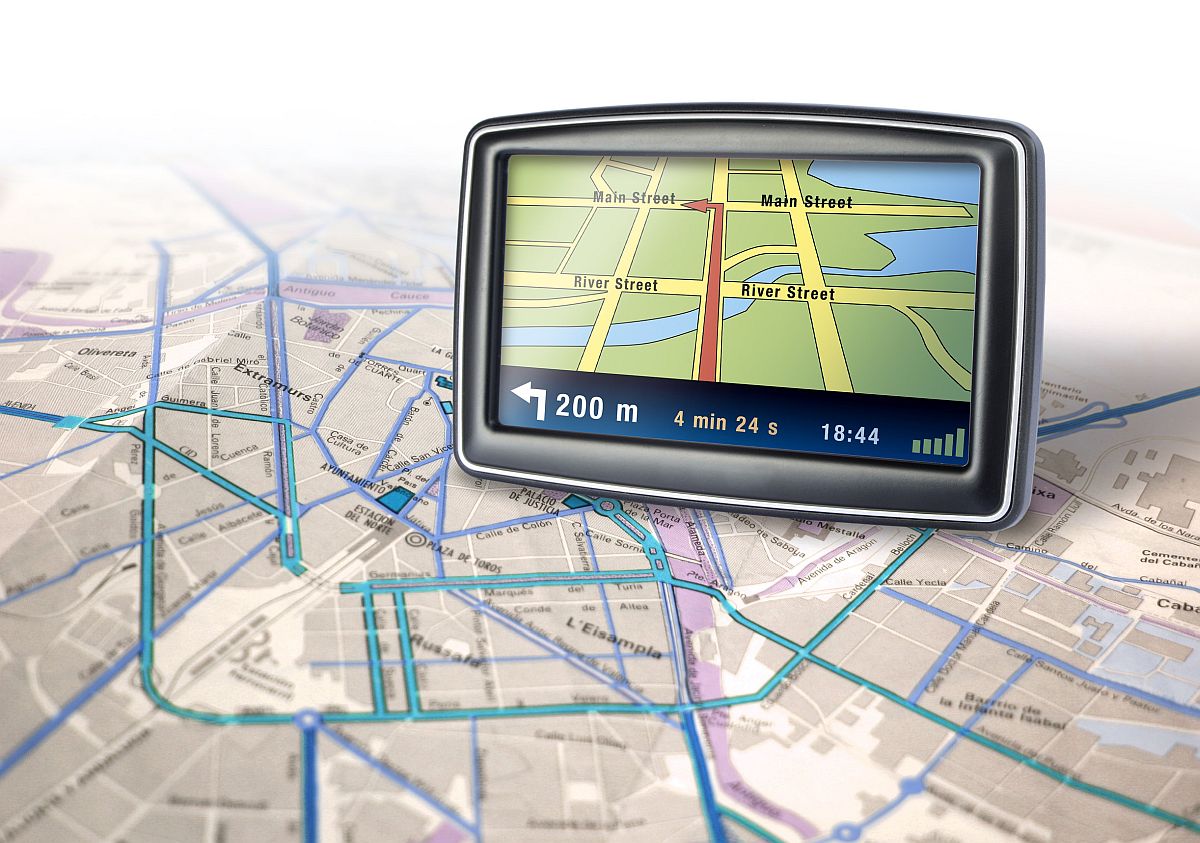As the economy recovers from the global health crisis, organizations need to be prepared for a talent exodus. Employees who put their career plans on hold in exchange for job security during the pandemic are preparing to make job and career changes as the economy reopens.
“There is typically a spike in voluntary turnover after a downturn,” Robin Erickson, Ph.D., principal researcher at The Conference Board said in 2013 when the U.S. economy was recovering from a recession. It’s a warning that hiring teams guiding their companies through today’s economic recovery need to heed.
One way HR teams can get ahead of the talent exodus is to map the careers of their employees.
Career mapping gives employees a look into their future at the company and how that future aligns with their career goals. “Employees want to see and understand the opportunities available within their company,” writes Mason Stevenson, editorial manager at Corporate Learning Network. “They expect to see career development opportunities while being satisfied and motivated.”
Having that concrete roadmap may entice employees to stay with the company instead of leaving it to advance their careers.
Career mapping improves employee retention
Retaining valuable employees in a tight labor market is going to be a critical element in the ability of companies to bounce back from the pandemic. There’s a labor shortage already as people are hesitating to return to the workforce. Top that with a mass exodus of employees and it becomes essential for organizations to find ways to retain their talent.
Post-pandemic, “taking steps to intentionally retain your current workforce may be among the best investments a leader can make,” writes workplace growth and development speaker Julie Winkle Giulioni, co-author of “Help Them Grow or Watch Them Go.” One of those key steps is building career maps for employees.
“Employees on track to grow within the company are more likely to stay with the company,” writes Riia O’Donnell at HR Dive. “If they don’t see an investment in their future with you, they’re likely to look for one elsewhere.”
That’s why it’s so important to show them their future within the company. “No one wants to remain in a stationary position for years on end, especially when they can see the potential for growth elsewhere,” writes Evelyn Long, editor-in-chief at Renovated.
Career maps provide employees with a clear path forward through detailed instructions on how to progress in their careers within the company, the specific milestones they need to meet, and how long it will take them to achieve that progression.
If you aren’t already investing the resources to map employee career paths, it’s time to start. It may seem like a daunting task, but the process of creating career maps can essentially be broken down into three key steps: assessment, customization, and exploration.

3 key steps in creating career maps
Career mapping is a detailed process that requires employers and employees to work together to build plans that support the goals of the organization as well as the career goals of individuals. The Society for Human Resource Management suggests following these steps to career maps.
Step 1. Conduct self-assessments
The first step in the process is for hiring managers and HR teams to engage with employees and explore their knowledge, skills, abilities, experiences, accomplishments, interests, and goals. This sets the foundation for planning their future.
In their book “It’s the Manager,” Gallup’s Jim Clifton and Jim Harter, Ph.D. suggest employers ask employees career development questions, such as, “How would you like to use your strengths in the future?” and “What knowledge and skills do you need to get to the next stage of your career?”
Asking questions that encourage employees to explore where they are and where they want to be in the future gives you a starting point and an ending point for the career map.
Step 2. Create customized career maps
The next step is to outline positions within the company that would be good career moves for the employee based on their answers to assessment questions.
Those positions may require a lateral move into a different department or a promotion in the current department. What’s important is that each proposed change capitalizes on the individual’s knowledge and experience. Each position should be a good fit for an employee and help them achieve their future goals.
Step 3. Explore other opportunities
Career maps aren’t set in stone. They are meant to be flexible and evolve with the company’s path and an employee’s career. “Employee interests change over time. Staying flexible will allow your program to evolve and provide the opportunity to pivot if needed,” writes Melissa Bissing at OnCourse Learning.
So, when job opportunities do become available within the organization, whether or not they are in the map, encourage employees to explore those opportunities. Show employees how those new roles may fit within their career path at the company.
“Employees expect multiple career changes; they seek out new opportunities and the training and development programs to get them there,” explains the team at Avilar, a learning management software development company. Flexible career pathing facilitates those transitions.
While embarking on a career-mapping journey may seem time-consuming and somewhat overwhelming, there are tools that can help. AI-backed software like Eightfold’s automates parts of career mapping and delivers personalized career paths to employees.

Career mapping best practices
There are also a number of best practices to keep in mind as you incorporate employee career mapping in your talent acquisition and management strategies.
Keep it simple
One way to help career maps maintain a certain level of flexibility is to keep them simple. Too much detail creates too much rigidity in the map which may discourage employees from following a path, especially if it is for a lateral move that requires new skill sets. Keep in mind that career maps are meant to show employees a future of possibilities at the company, not dictate to them how they must progress in their careers.
Keep organizational goals in mind
Career maps are meant to benefit both employers and employees. While career maps are built specifically for employees and customized to their abilities, they must also be tied to organizational goals to ensure they are relevant to the company as well. You can’t create a map to a future position that the company doesn’t need.
Involve employees in career map development
That said, career maps show employees how they can fit in with the company’s future based on their skills, knowledge, and goals. So, it’s important to include employees in the development of career maps and take their expectations into consideration. It helps ensure the plans are realistic and achievable for both the organization and the employee.
Include soft skills
While it’s necessary to outline the technical skills employees need to succeed in different positions, it’s also critical to show what soft skills will help them succeed. “Soft skills — such as empathy, emotional intelligence, kindness, mindfulness, adaptability, integrity, optimism, self-motivation, grit, and resilience — have become crucial success factors,” writes Yolanda Lau, cofounder and CTO at FlexTeam and chief experience officer at Liquid.
By outlining soft skills needed for positions, you help employees visualize how they may fit well in different roles even if they don’t yet have the technical skills required.
Incorporate realistic timelines
Career maps must include timelines of goals as a way to keep employees motivated to advance their careers at a pace that meets their career needs as well as the expectations for growth of the company. Those timelines should address both immediate and future goals, with flexibility to allow employees to evolve in their careers over the long term. Working within realistic timelines helps employees stay motivated to achieve those career milestones.
Identify learning and development opportunities
It’s more than likely that an employee’s career map will include roles for which they don’t yet have the technical skills needed to effectively perform their duties in those positions. That’s why career maps should also outline training opportunities that would help them identify and develop those skills. When learning is outlined along the path and employees know how long they have until they need certain skills, they can plan ahead to acquire the skills they will require for future roles.
Identify learning and development opportunities
The success of career mapping in ushering employees along in their careers partly depends on how well the company tracks their progress. “Each employee’s progress should be carefully tracked as they improve their skills and move to different levels within an organization,” advises the team at training solutions development company Lorman.
They won’t know what’s next or when it’s time to start taking training courses if they don’t know where they are on the map. That’s why it is key to track their progress and regularly show them where they are on their career maps.
The current reality for employers is that employees are looking to change jobs, and 80 percent of those seeking new employment now are concerned about career growth, according to Prudential’s Pulse of the American Worker Survey. HR teams can help mitigate the talent exodus by providing employees with career maps that illustrate the possibilities for their future within the company.
Images by: Gui Yongnian/©123RF.com, pogonici/©123RF.com, anterovium/©123RF.com
